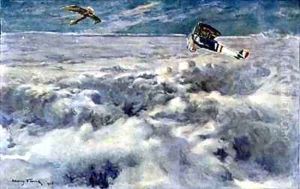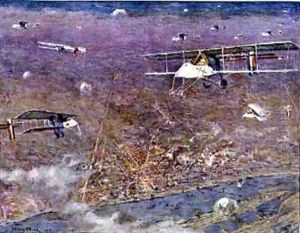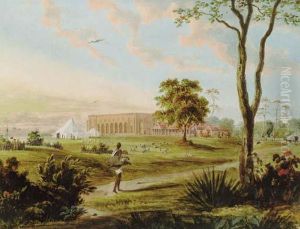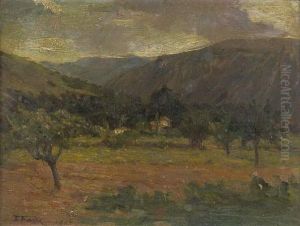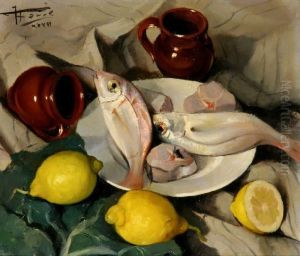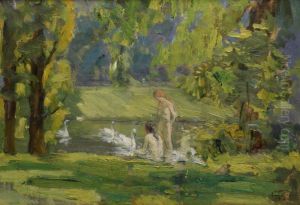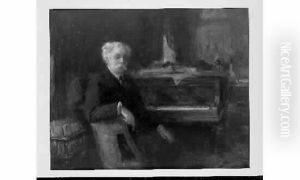Henry Farre Paintings
Henry Farre was a distinguished French artist known primarily for his work as a war artist during World War I. Born on April 6, 1871, in Lorient, France, Farre demonstrated artistic talent at a young age. His initial training began in his home country, but he eventually moved to study in other European art centers, including London and Rome, further honing his skills.
Farre's career as an artist took a significant turn with the onset of World War I. His experience as a pilot in the French Air Service provided him with a unique perspective, allowing him to create vivid and dynamic depictions of aerial combat and the life of aviators. These works not only captured the intensity and chaos of air warfare but also the technological advancements of the time, particularly in aviation.
During the war, Farre was officially appointed as a war artist by the French government, a role that entailed documenting various aspects of the conflict. His paintings from this period are notable for their realism and detail, providing a historical record of the events of World War I from the vantage point of the skies. His works were not only artistic endeavors but also served as a form of propaganda, highlighting the bravery and heroism of the French military.
After the war, Farre continued to paint and exhibit his works, which included not only his wartime subjects but also landscapes and portraits. His war paintings, however, remain his most celebrated contributions to the art world, capturing the attention of both art critics and military historians for their historical value and artistic merit.
Henry Farre's death on March 29, 1934, marked the end of a career that was deeply intertwined with one of the most significant periods of the 20th century. His legacy lives on through his paintings, which continue to be displayed in museums and collections around the world, offering insight into the experiences of World War I aviators and the development of military aviation.
